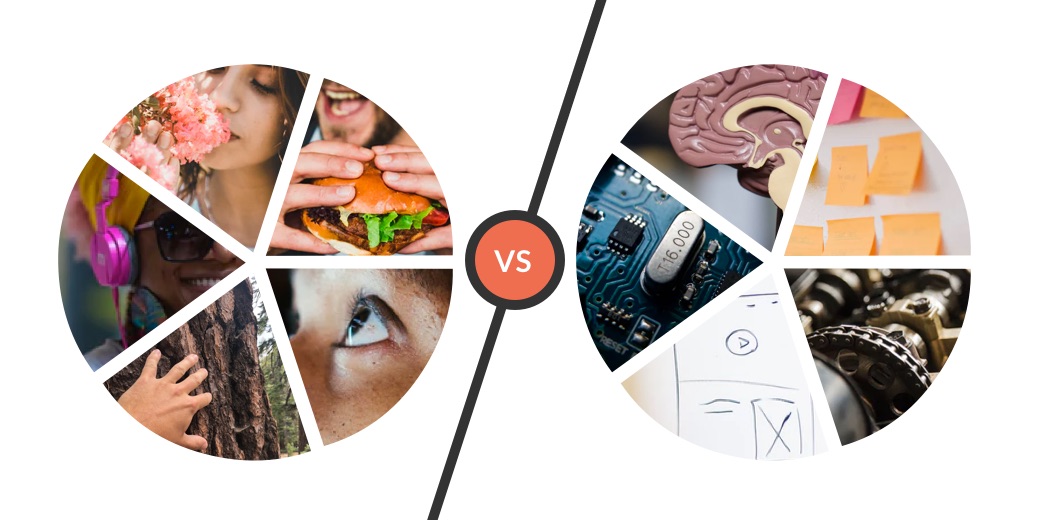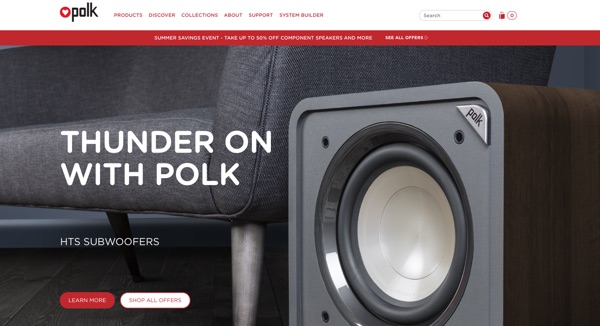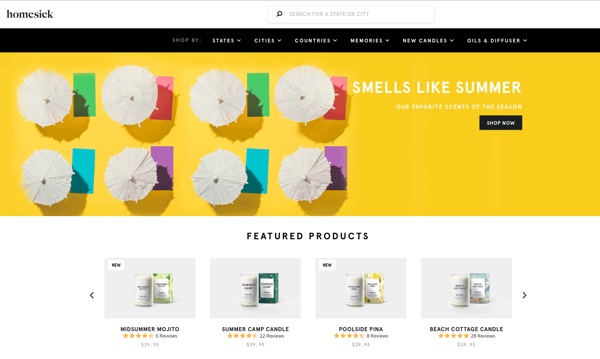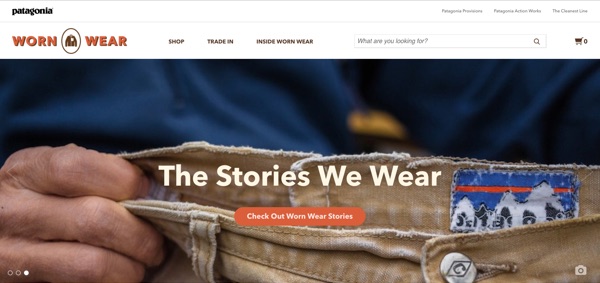
When it comes to decision making, we love to think of ourselves as thoughtful, rational beings. And in marketing, we extend that same line of thought to our customers. We imagine them carefully assessing and analyzing our offering. Poring over every detail.
But the truth is your customers, like everyone, mostly make intuitive, emotional buying decisions. According to Harvard Business School professor and author, Gerald Zaltman, 95% of our purchasing decisions are subconscious.
It’s yet another reminder on why marketing messages that lead with features and functional descriptions make it hard to win folks over.
I heard a quote recently that drives this idea home from another angle. It came from Congresswoman Alexandria Octavio-Cortez in a recent interview on Pod Save America.
The quote was in reference to connecting with voters around complex legislation:
“We have to be master storytellers. My personal advice in terms of storytelling is to make arguments with your five senses and not five facts.”
She followed that by saying we of course need to “use facts as supporting evidence”. But the entry point is to speak to our shared “human experience”.
AOC used her emotional storytelling skills to upset a 10-term incumbent in her 2018 primary. She followed that by winning 78% of the vote over her republican opponent in the election.
The point here isn’t about a specific political stance, but about how to deliver an engaging message.
With business just like politics, there’s a constant push and pull between our heart and our head. But it’s less a question of which content to share, and more how you share it and in which order.
As humans there’s a hierarchy for how we process information:
- Emotional, intuitive reactions come first
- Logical, deliberate analyzing come second
To make effective connections in our marketing messages, we need to speak to our customers on an emotional level first.
There are plenty of emotional connections to make beyond our five physical senses (more on that below). But to stay with the theme of the quote, here are five good examples of emotion-focused messaging aimed at our senses.
1. Taste: Eating Europe

This first example is from one of our favorite clients at Map & Fire. Eating Europe provides immersive food tours in several popular European cities — Rome, Paris, London, Lisbon, and more.
Their focus though is to expose visitors to the food and vendors that are popular with locals. It’s meant to give you a true insider look at the city.
The messaging we worked on together centered around capturing the emotion of shared experiences while tasting the most delicious food and drink available.
2. Hear: Polk

Polk makes a wide range of high end speakers for home and outdoor use.
Rather than emphasizing the specs of their equipment though, they opt for some simple, emotional headlines. They target evocative listening words like “Loud” and “Thunder”.
Audiophiles might like to nerd out on features, but at the end of the day that subwoofer better thump your chest and shake your butt.
3. See: Sequoia & Kings Canyon National Parks

National parks are all about sensory overload. And California’s sequoias are one of the most visually dramatic sights I know I’ve ever witnessed.
Some of these giants measure hundreds of feet tall, a hundred feet in circumference, and have existed for over two thousand years.
The smells of these forests are incredible as well. But Sequoia & Kings Canyon National Parks want your focus on the jaw dropping visual spectacle.
4. Smell: Homesick

There’s been lots of research done around why smells can trigger deep emotional responses for people. That’s exactly what Homesick targets with their candles — tapping into smells that remind you of a particular place and time.
Whether it’s a national park, your home state, or a time of year, the right smell can evoke feelings of happiness and calm.
There are other industries with iconic smells, like coffee and bakeries that we expected would focus messaging around smells. Sadly, we couldn’t find any good examples. There might be an opportunity for a company to step in and claim that space!
5. Touch: Patagonia’s Worn Wear

Patagonia is an awesome brand in terms of their quality and company culture. In addition, they’ve been pioneers in environmentally friendly business practices.
To support their vision, they created a program called Worn Wear. On their website, customers can trade in or buy used clothing and equipment. It extends the life of products and keeps clothes out of landfills.
Their messaging and images capture the emotional feel of using an item that’s got some life in it. And rather than viewing pre-worn clothes as some sort of negative, they celebrate the stories and character that come with those items.
What Emotions Can Your Brand’s Messaging Tap Into?
There are lots of ways to connect emotionally with your customers. Once you identify the elements that are most relevant to your audience (check out all of our content on the Elements of Value) then you can craft messaging that speaks to those needs.
The important point though is that you’ll have more success connecting with customers if you speak to them on an emotional level before you try to win them over with features and facts.

Get Help With Your Brand’s Messaging
If you’re ready to craft emotionally engaging messages for your brand reach out for a free consultation. We’ll help you transform your best business thinking into an actionable, shareable, growth-oriented guide. Click below to learn more about the Brand Guidebook process.

